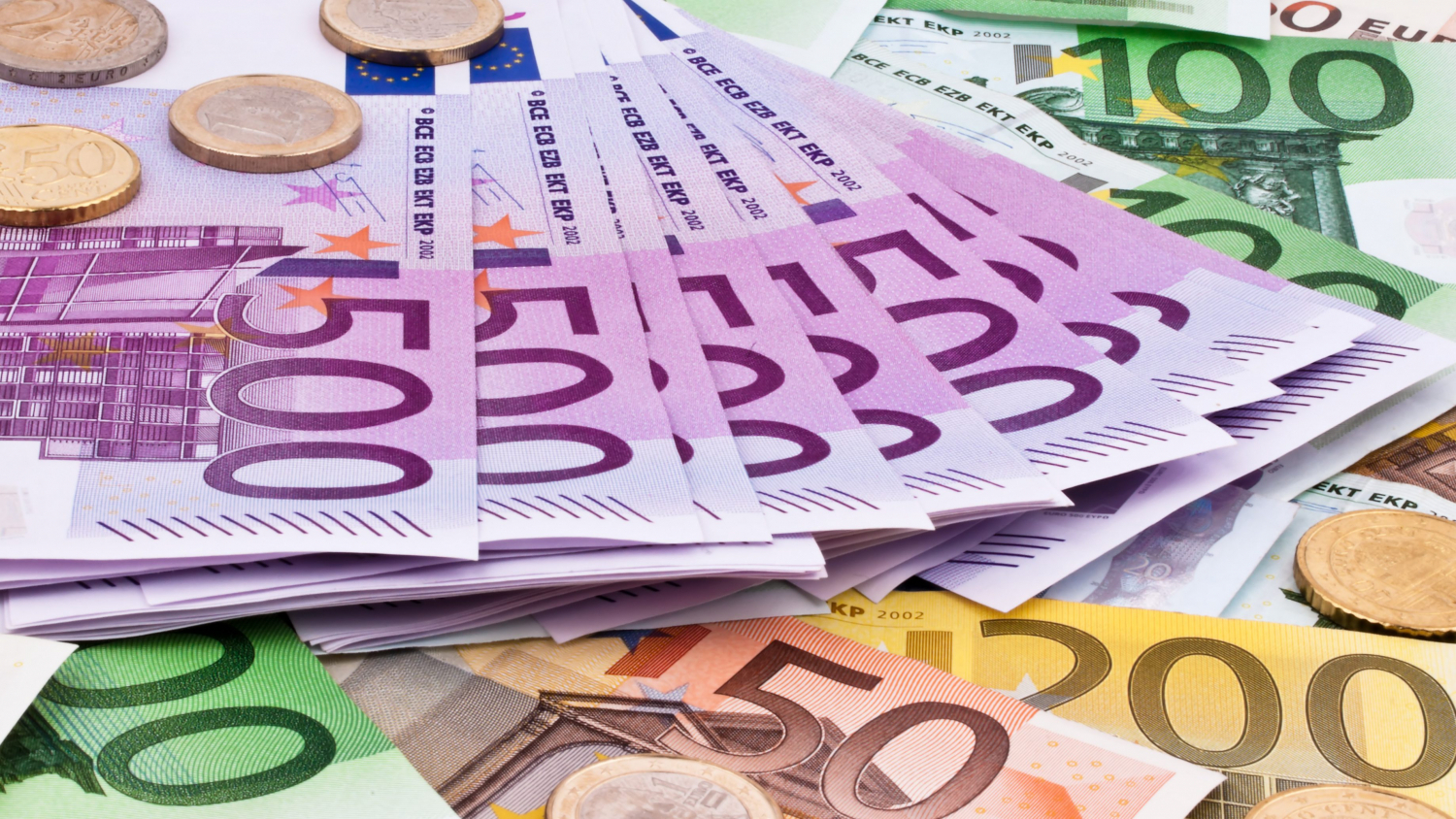An analysis by Divo Pulitika, Fund Manager, InterCapital Asset Management, shows that the bond market is likely to bear the brunt of any potential downgrade, as it reflects both fundamental and technical adjustments. Institutional investors such as pension funds and insurance companies, which are often restricted from holding junk-rated bonds, would be compelled to offload Romanian bonds if two or more agencies reduce the rating to sub-investment grade. Even the shift in outlook has triggered some early repositioning, as investors anticipate further downgrades.
Romanian 10-year euro-denominated bonds currently trade at a yield of 5.96%, representing a 351-basis point (bps) spread over German Bunds, which equals to 3.51% over Germany. This spread, already elevated compared to regional peers like Hungary (184 bps; 1.84%) or Greece (89 bps; 0.89%), indicates that markets have begun to price in higher risk. Historically, spreads for Romanian bonds peaked at nearly 600 bps in 2022 during the energy crisis and the war in Ukraine. If the spread returns to such levels, yields could reach 8.4%, leading to an estimated 16% decline in bond prices. Should the psychological barrier of a 10% yield be breached, bond prices could drop by as much as 26%. Such declines would directly increase Romania's borrowing costs, as higher yields on existing bonds translate to higher rates for newly issued debt. The first major test will come on February 21st, 2025, when Fitch has scheduled an update on Romania's rating.
While credit rating downgrades are less directly tied to equity markets, the broader impact on investor sentiment can weigh heavily on stock prices. Negative sentiment toward Romania could lead to capital outflows and lower valuations across the Bucharest Stock Exchange (BVB). From a fundamental perspective, Romanian banks, which hold significant amounts of sovereign bonds, could see their balance sheets negatively impacted. A drop in bond prices would erode the value of their holdings, creating potential losses in their profit and loss statements. Banks like Banca Transilvania and BRD, which are key components of the BET index, may face notable headwinds – currently difficult to estimate since the information about the Romanian bond holdings and their currencies and maturity, is not public.
Additionally, governments often resort to higher taxes during fiscal crises, targeting high-earning sectors such as energy and banking. Romania has a history of imposing such measures, as seen in December 2018 when the “tax on greed” caused Banca Transilvania to lose almost 20% of its market value in a single day. Potential tax increases on corporate profits, dividends, or specific industries would disproportionately affect BET components, given its heavy weighting toward banks (making up almost 30% of the BET index) and energy companies (almost 50% of the index). For example, raising the dividend tax from 8% to 10% reduces the effective gross yield on the BET index by 0.11 percentage points. Similarly, an increase in corporate tax rates from 16% to 20% could make Romanian equities 5% more expensive based on current P/E ratios, reducing their attractiveness to investors.
A credit rating downgrade would force the Romanian government to pay significantly more to finance its debt, potentially leading to stricter budgetary measures. The government has already projected a 7% budget deficit for 2025, which aligns with market expectations, but sustained fiscal discipline will be crucial to prevent further downgrades. Higher debt servicing costs may prompt the government to accelerate tax collection efforts or introduce new taxes, including those targeting consumption or property. While such measures could stabilize fiscal accounts in the medium term, they risk dampening domestic economic activity in the short term, particularly as Romania faces slower GDP growth projected at 2.5% for 2025.
Despite the immediate risks, it is important to note that a credit downgrade does not equate to economic collapse. If the government manages to implement necessary fiscal reforms without resorting to excessive or counterproductive taxation, the equity market could recover from any short-term sell-offs. Romania's long-term economic trajectory, supported by EU funding and structural reforms, remains more critical than temporary sentiment-driven volatility. For patient investors, any significant declines in equity prices due to a downgrade could present attractive buying opportunities, particularly in sectors with strong long-term growth prospects. However, the path forward will depend heavily on the government's ability to demonstrate fiscal discipline and regain investor confidence.
Romania's proposed budget appears to align with the base-case models presented by Fitch and S&P, projecting GDP growth of 2.5%, a budget deficit of 7%, and inflation at 4.4%. These targets are broadly in line with consensus estimates of Bloomberg analysts that project Romania's GDP will increase 2.6% in 2025, and suggest that a downgrade can still be avoided if fiscal reforms proceed as planned. However, the government's ability to maintain discipline amid political pressures, especially in the run-up to presidential elections, remains a critical question.
The coming months will be decisive for Romania's financial stability – the focus will be not only on increasing taxes, but also significant attention should be put on improving the collection, with Romania having the worst rate of VAT collection out of the whole EU as per the latest European Commission data, with the gap amounting to 30.6%, 8.5 billion euros in 2022, while the EU VAT compliance being of approximately 7%. While the current downgrades are warnings rather than full-fledged crises, their consequences underscore the importance of credible fiscal policy and structural reform in navigating a challenging economic landscape.











